In a nutshell
Parashat Shlach, שְׁלַח-לְךָ “send to you”, Numbers 13:1–15:41 tells the story of the twelve spies ) one chieftain from each of the 12 tribes of Israel( to scout the land of Canaansent by Mosheh to assess the land of Canaan.
Forty days later they return, carrying a huge cluster of grapes, a pomegranate and a fig, to report on a lush and bountiful land. Caleb and Joshua insisted that the land can be conquered, while the other 10 spies warn that the inhabitants of the land are giants and warriors “more powerful than we”.
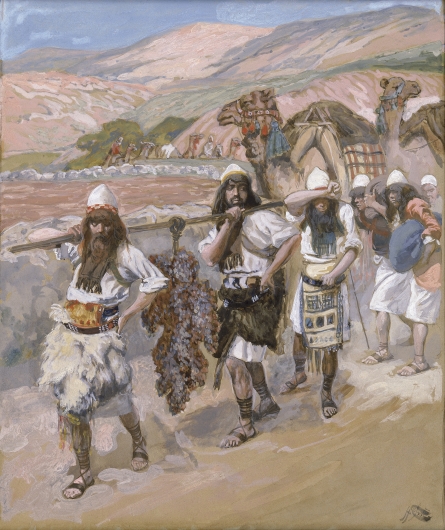
The people cried and wanted to return to Egypt. G‑d punishes Israel, they will have to wander in the desert for 40 years before being able to enter into the Promised land. 40 years, during which an entire generation will die out in the desert. A group of remorseful Jews storm the mountain on the border of the land, after realizing that by accepting the spie’s lashon hara, they had sinned, and went out to fight the Amalekites and Canaanites without permission.
The laws of the nesachim (meal, wine and oil offerings) are given, as well as the mitzvah to consecrate a portion of the dough (challah) to G‑d when making bread. A man is put to death when he violates the Shabbat by gathering sticks. G‑d instructs to place fringes (tzitzit) on the four corners of our garments, so that we should remember to fulfill the mitzvot (commandments).
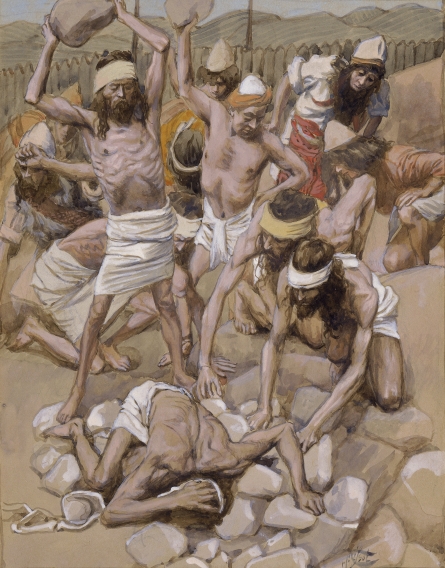
Challah
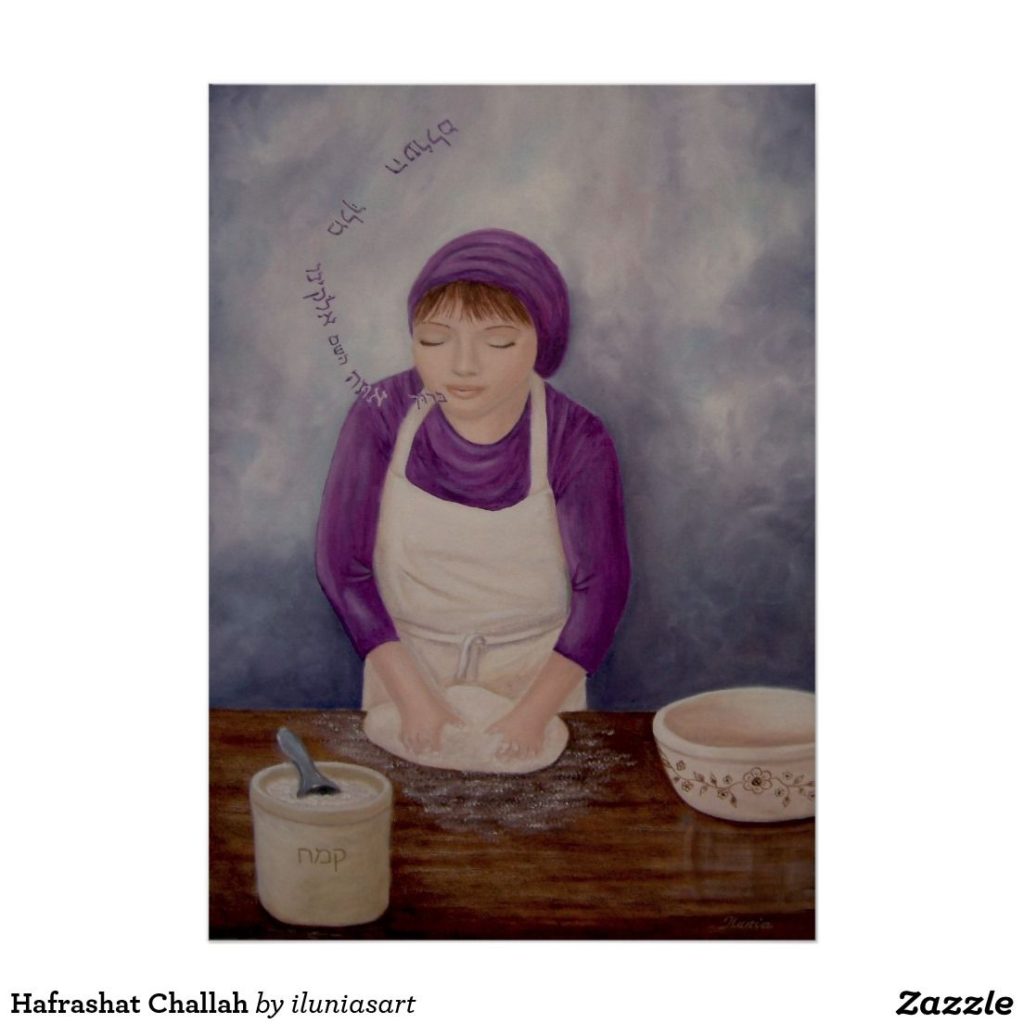
There are three commandments in parasht Shlach.
One of them is Challa. When a Jew bakes five pounds of dough, he /she may not eat it before a portion is given to the Kohen.
Even before Bnai Israel receive the Torah, they were taught the mitzvah of keeping the Shabbat. Being told that for Twenty-four hours each week they were forbidden to cook, bake, write, erase, build, destroy and all of the rest of the 39 melachot asurot )forbidden work( that are not allowed on Shabbat.
When a man violated the Shabbat by gathering sticks, Mosheh said “Such a Jew is punished with death.” According to one opinion of our sages, the men who chilel (worked) the Shabbat was a tzadik named Tzelfchad, explaining he committed the sin leshem shamayim, teaching an entire generation to follow the commandments.
Tzitzit
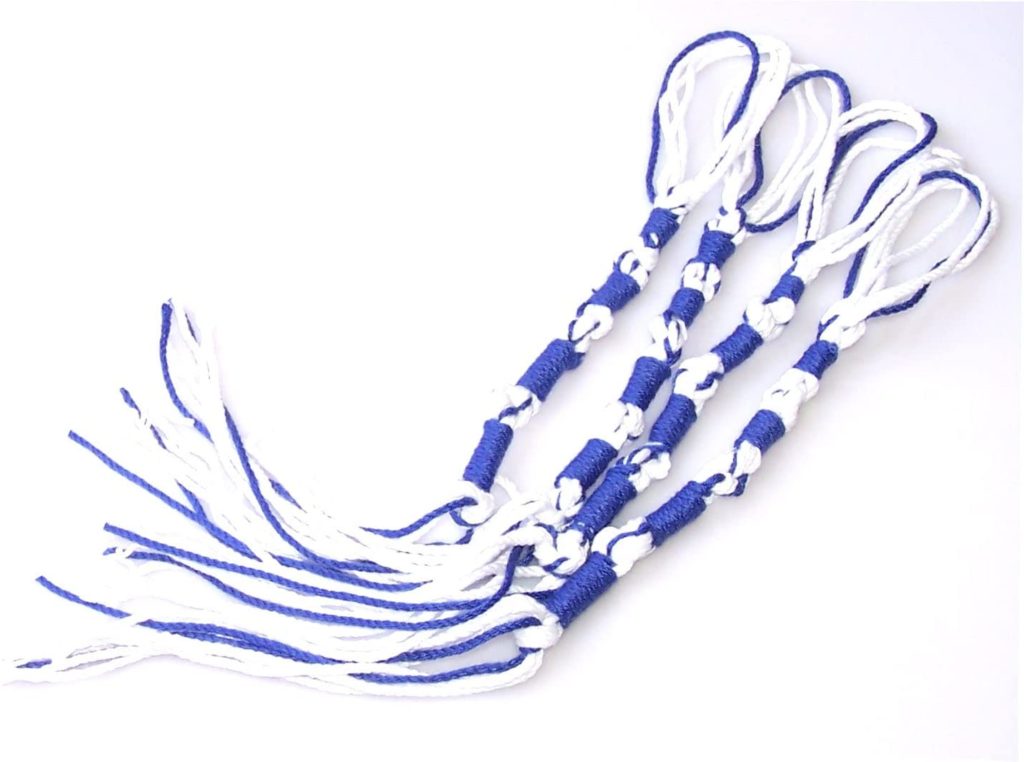
Another commandment is the tzitzit. The word tzitzit is related to the root word lehatzitz- to look, therefore a tzitzit is an object at which we look . In addition, the word tzitzit numerical value is 600.
The tzitzit has 8 threads and 5 double knots in each corner (8+5=13), thus a tzitzit represents the 613 mitzvot in the Torah.
The Land of Milk and Honey

In the Book of Exodus (3:8), G-d promises to take the Israelites out of slavery in Egypt, “mitzrayim”, which literally means “narrow places”, to Canaan, the Promised Land, which was abounding with food and water, high agricultural productivity ( “a land flowing with milk and honey” ). The presence of milk-producing animals implied grasses and other vegetation. Honey indicated pollinating creatures such as bees.
What is the true definition of The Land of Milk and Honey? Are we being promised of having nourishing food? Are we being promised of having a spiritual nourishment? Perhaps the promise land is for both, physical and spiritual. Kol tuv.
Check out YedidYah “The Priestly Blessing” Birkat Hakohanim. Music by Rabbi Yakira Yedidia https://youtu.be/YNE11QdEMN0

3 Mitzvot in Parashat Shlach
- To set aside a portion of dough for a Kohen Num. 15:20
- To have tzitzit on four-cornered garments Num. 15:38
- Not to follow the whims of your heart or what your eyes see Num. 15:39
The 613 Mitzvot
In The Torah there are 613 commandments, mitzvot, also known as the Law of Moses (תרי״ג מצוות, taryag mitzvot). The 613 mitzvot are first recorded in the 3rd century CE, when Rabbi Simlai mentioned it in a sermon that is recorded in Talmud Makkot 23b.
The 613 commandments include 248 “positive commandments”, to perform an act (mitzvot aseh), and 365 “negative commandments”, to abstain from certain acts (mitzvot lo taaseh). The negative commandments number 365, which coincides with the number of days in the solar year, and the positive commandments number 248, a number ascribed to the number of bones and main organs in the human body.
Though the number 613 is mentioned in the Talmud, its real significance increased in later medieval rabbinic literature, including many works listing or arranged by the mitzvot. The most famous of these was an enumeration of the 613 commandments by Maimonides, The Rambam.
Many of the mitzvot cannot be observed now, following the destruction of the Second Temple, although they still retain religious significance. According to one standard reckoning, there are 77 positive and 194 negative commandments that can be observed today, of which there are 26 commands that apply only within the Land of Israel. Furthermore, there are some time-related commandments from which women are exempt (examples include shofar, sukkah, lulav, tzitzit and tefillin). Some depend on the special status of a person in Judaism (such as kohanim), while others apply only to men or only to women. According to Rambam Organized by Parshah. based on Wikipedia and http://www.vaadrv.org/rambam613mitzvot.asp ONE BIG IMPORTANT NOTE WHEN USING THIS LISTING: This listing is not all inclusive. Rambam may site multiple sources for a mitzvah is his works but this list currently only gives one source for each mitzvah.

Check out YedidYah Psalm 96 “Yiram Hayam” Music by Rabbi Yakira Yedidia https://youtu.be/aTBD4i9nvXw
The Priestly Blessing
יְבָרֶכְךָ יהוה, וְיִשְׁמְרֶךָ- May the LORD bless you and guard you
יָאֵר יהוה פָּנָיו אֵלֶיךָ, וִיחֻנֶּךָּ -May the LORD make His face shed light upon you and be gracious unto you
יִשָּׂא יהוה פָּנָיו אֵלֶיךָ, וְיָשֵׂם לְךָ שָׁלוֹם- May the LORD lift up His face unto you and give you peace
Yevarechecha Adonai, V’Yishmerecha
Ya’er Adonai Panav Eleycha, ViChoneka
Yisa Adonai Panav Eleycha, V’Yasem Lecha Shalom
(Number 6:24-26).
Check out YedidYah “The Priestly Blessing” Birkat Hakohanim. Music by Rabbi Yakira Yedidia https://youtu.be/YNE11QdEMN0
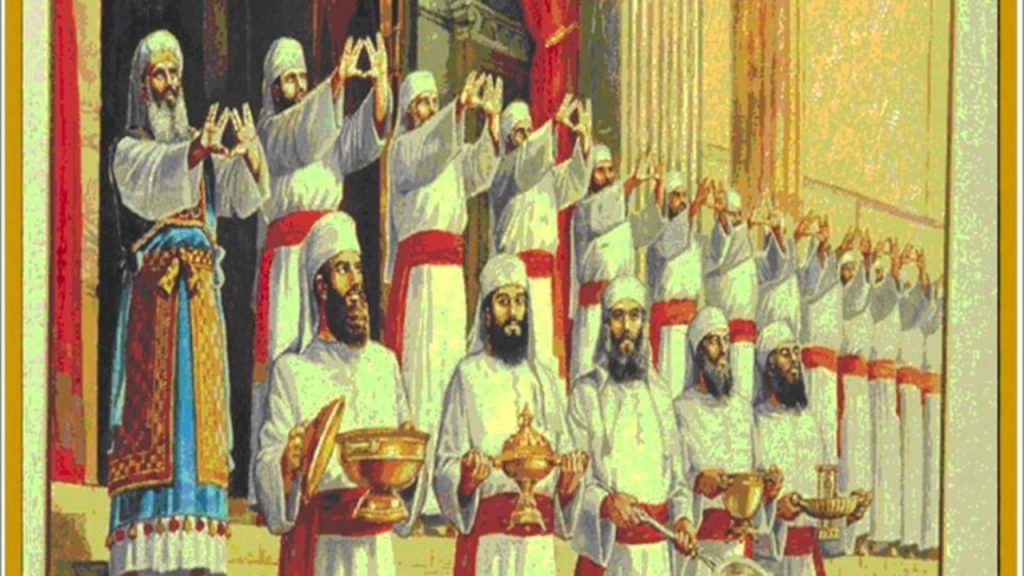
This blog article was inspired by chabbad.org, Sefaria.org, Wikipedia.org,

